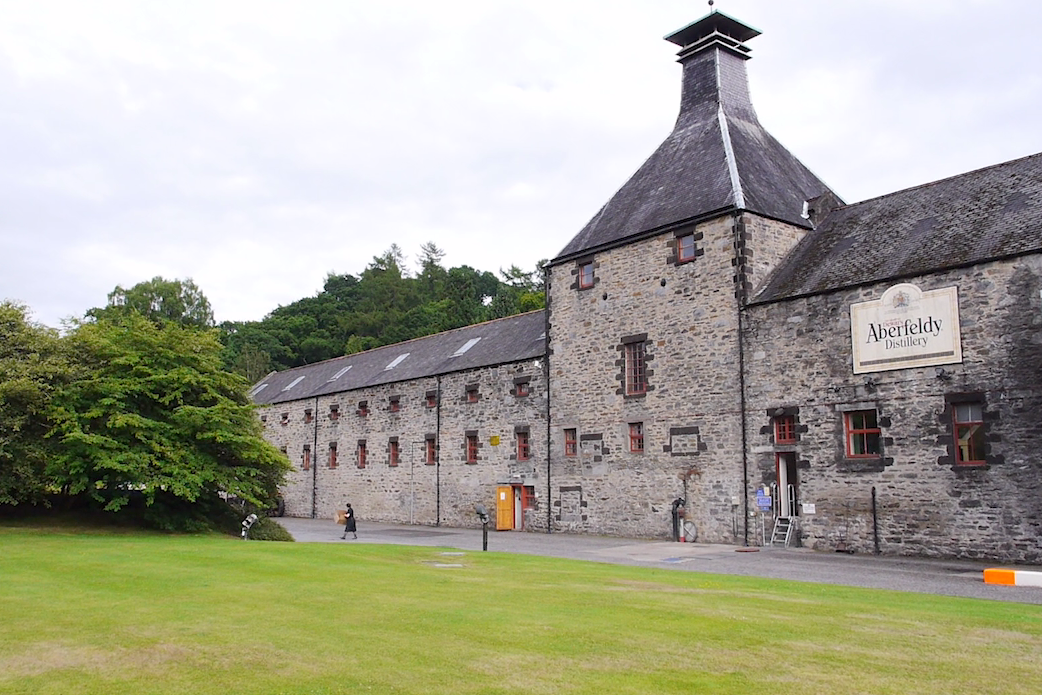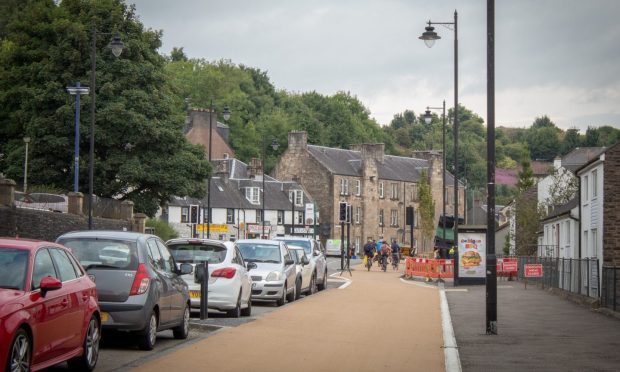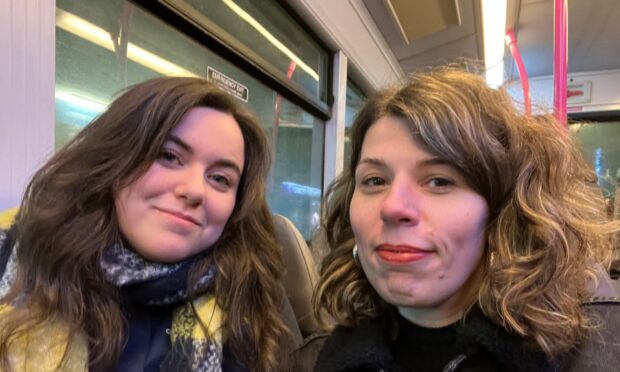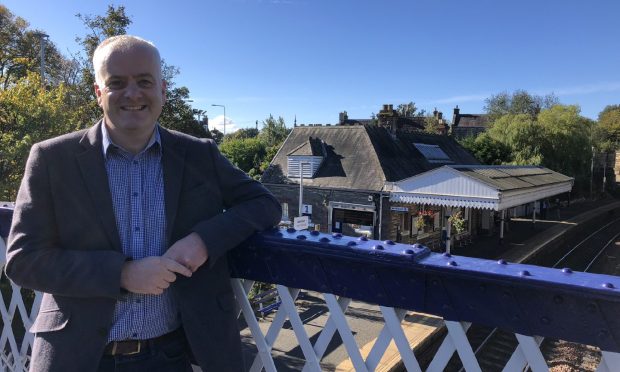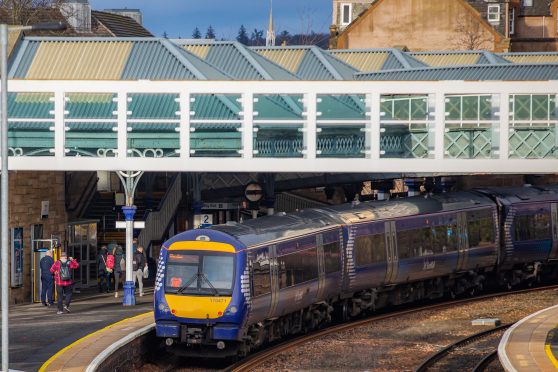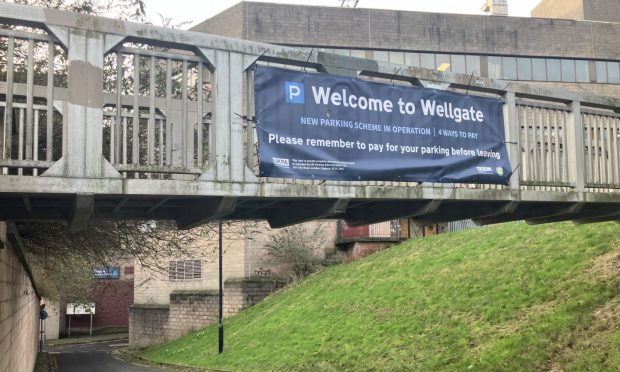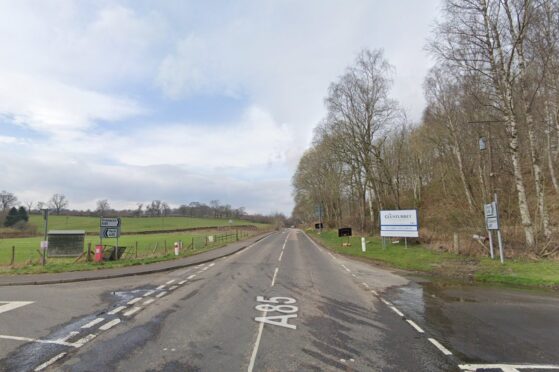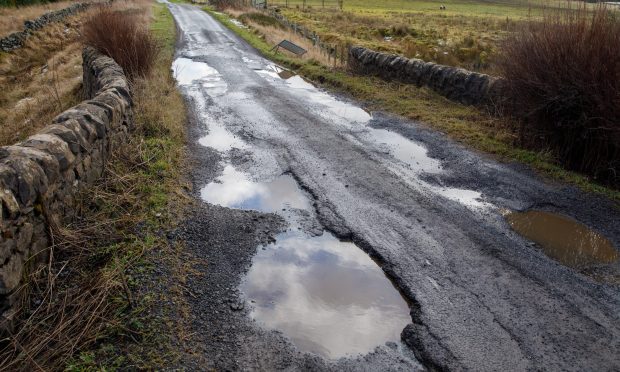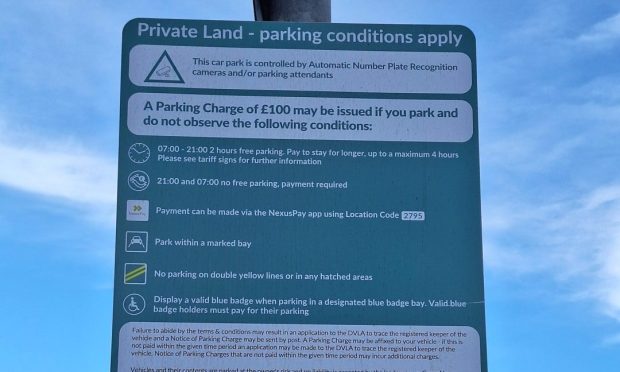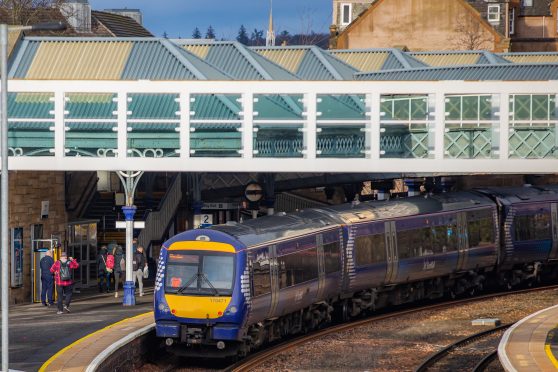Last week I commented on how the 21st Century whisky industry is widely scattered with its various stages (malting, then fermenting and distilling, and finally warehousing, blending and bottling) taking place at different locations —with everything being shifted between locations by truck. And that this is very different to how the industry operated 100-120 years ago.
Yet back then, transport was also vital to the industry’s success. Before the first world war, long-distance whisky transport was almost entirely by rail — mainly wagons full of barley being transported to the distilleries and casks of matured whisky rolling in enclosed wagons to the blending and bottling centres. Such wagons were sealed and padlocked at the distillery under the eagle eye of the excise man and re-opened under the equally eagle eye of his counterpart at the destination.
For decades, some distilleries bought their barley directly from local farmers, whose horses hauled cartloads of barley to be tipped into the intake chutes or sackloads that were hoisted to the grain lofts. As well as being paid, the farmers were usually given large drams of the house best but it is said they always got safely home. Their horses, being both experienced and sober, knew their way back. And in those gentler pre-motoring and breathalyser days, local bobbies looked the other way.
Some railway lines were built almost wholly for whisky traffic, such as the Speyside line that meandered beside the river from Aviemore up to Elgin. Another was the line from Keith to Dufftown, still run as a tourist attraction every season.
Indeed some distilleries (Dalwhinnie, and Ardmore at Kennethmont, to name two) were planned and built beside or close to railway lines and others had their own short branch lines and operated their own shunting engines. One such “Puggie” sits in pride of place outside Aberfeldy distillery today.
Shipping also played an important role. All exports went by sea, for the most part in wooden cases of six or 12 bottles. However, some Islay distilleries and others beside a sea inlet built piers to allow barley and coal to be unloaded and full casks to be rolled aboard. Where no pier existed, full casks would sometimes be floated out to the ship, then hoisted on board out of the sea. Such salt-water immersion hardly seems a good idea but the practice went on for years.
On one famous occasion, ships actually saved a distillery. In 1917 Scapa distillery beside Scapa Flow caught fire and it was Royal Navy fire boats, rather than the local fire brigade, that doused the blaze. Doubtless the distillery owners, by coincidence called Townsend, were deeply grateful to the Senior Service.
